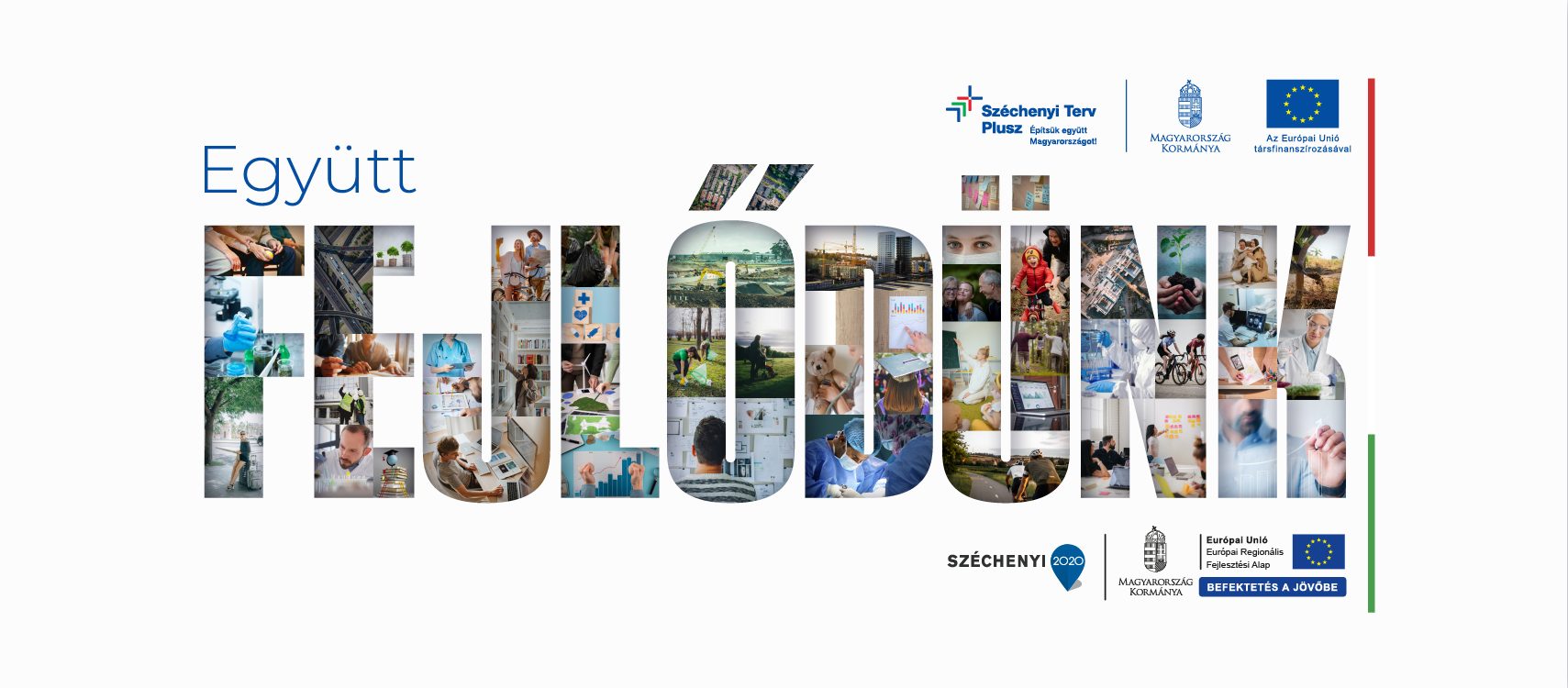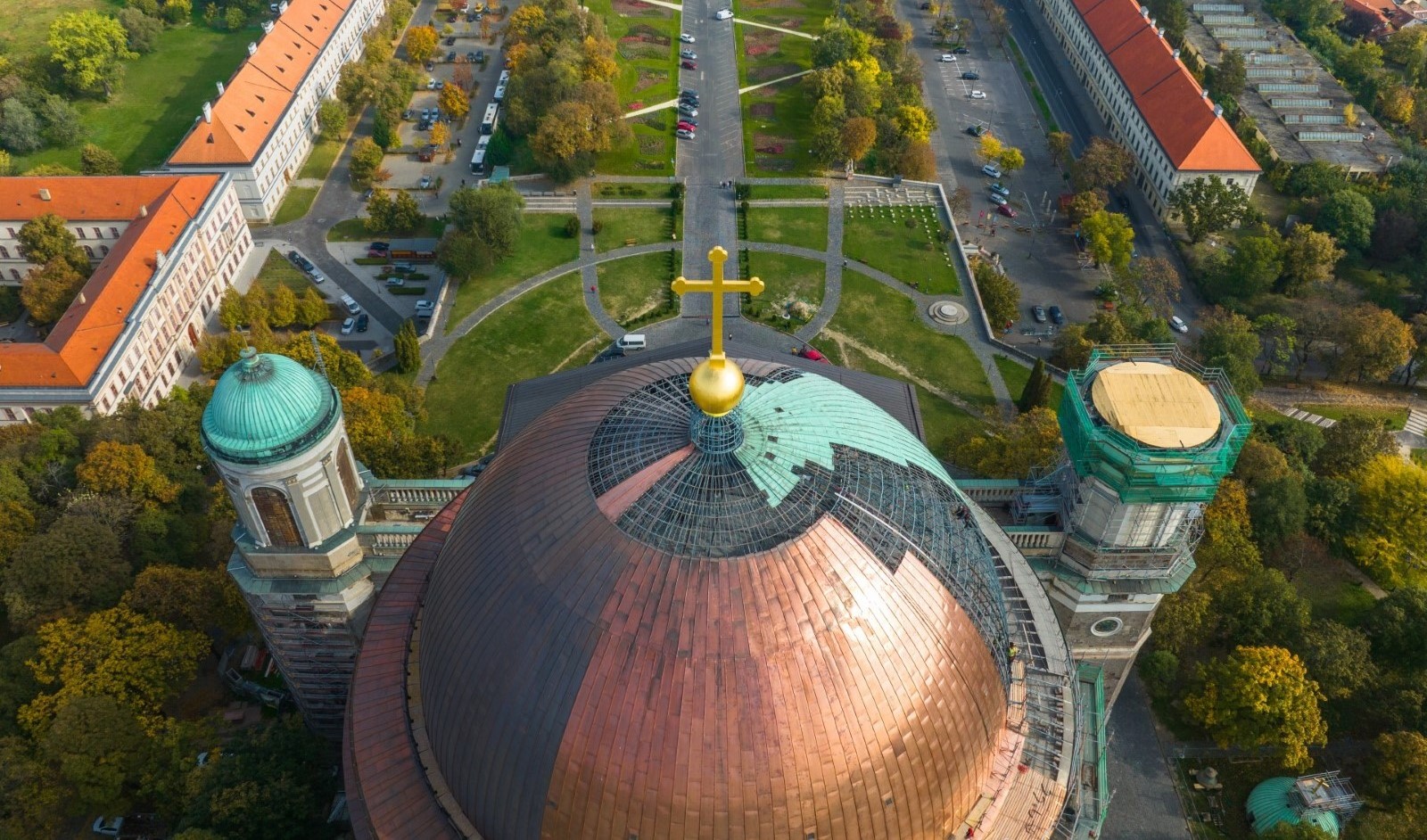In the heart of the Hortobágy, near the border of Hajdú-Bihar and Jász-Nagykun-Szolnok counties, lies a vast, uninhabited area that for decades served as a military bombing range. Scars of this past remained visible in the form of thousands of bomb craters, artificial landforms, and unexploded ordnance. But thanks to a large-scale restoration project funded by the European Union, this once dangerous landscape is now being reclaimed by nature — and reborn as pasture.
Under the coordination of the Hortobágy National Park Directorate, more than 4,000 hectares of land near the towns of Nádudvar, Nagyiván, Kunmadaras and Karcag have been rehabilitated. The goal was simple yet ambitious: to return the bomb-impacted zones and safety buffers to their natural, original state.
The first and most critical phase of the project was the complete removal of explosive remnants. Using specialized equipment, experts conducted subsurface scanning to depths of 1.5 meters in the main target area, 1 meter in the safety zone, and 0.5 meters in surrounding protected areas. In total, 40,720 suspected explosive devices and fragments were identified, safely removed, neutralized, or destroyed on site.
Once the area was declared safe, the work shifted to restoring the landscape. Thirty-three artificial landforms — including mock hangars and mounds used for targeting — were dismantled, and approximately 5,000 bomb craters were filled in. This required moving over 120,000 cubic meters of soil, sourced both from the craters themselves and from internal collection points within the project area.
Crucially, the restoration wasn’t just about aesthetics — ecological impact was also a priority. In the process of relocating soil, two new wetland habitats were created by linking larger bomb craters, resulting in nearly 22 hectares of open water surfaces. The disturbed land was seeded with native grasses, and grazing animals were reintroduced to support the establishment of pasture.
Throughout the project, conservation and archaeological experts oversaw the work to ensure that all activities within the protected and NATURA 2000 zones met environmental regulations.
With the landscape restored, the land is once again being used — not for military exercises, but for sustainable grazing, reflecting the centuries-old traditions of the Hortobágy. The project, implemented by the Hortobágy National Park Directorate, stands as a powerful example of how formerly abandoned and dangerous military sites can be transformed into thriving ecological landscapes.
The development was implemented from EU funding in the project KEHOP-4.1.1-15-2015-00001 under the Environmental and Energy Efficiency Operational Programme.
Find out more about the project in the Project Finder:Details








